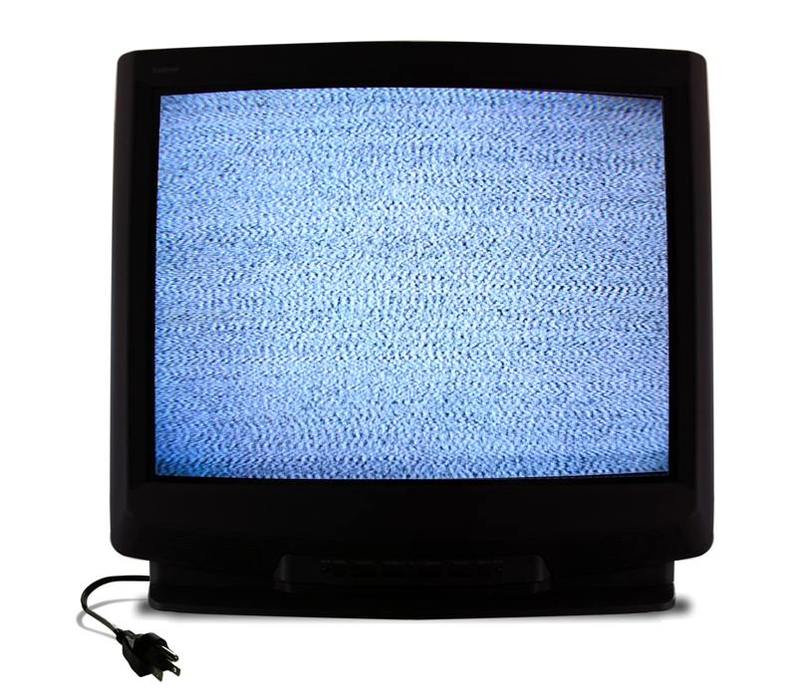By Andrew Massey @andy_massey
I listened with interest at the 2016 Isokinetic Conference where attendees discussed the importance of a medical team within the football community, and return to play. The event lived up to its reputation of creating a space for cutting edge science and practice innovation.
Discussions of ‘best practices’ made me think about a quandary I am currently
facing as Head of Medical Services for liverpool FC. Early in my training I was taught the acronym SALTAPS, which I still commonly use to assess an injury pitch side as a physiotherapist:
See – the mechanism of injury.
Ask – the patient what happened.
Look – at the affected area.
Touch – palpate the affected area.
Active – can the patient move the affected area actively?
Passive – can you take the affected area through its full passive range?
Special tests – to assess the affected area.
It is a crude way of examining a musculoskeletal injury, but served and continues to serve me well.
When looking at resuscitation, everyone is taught airway, breathing, circulation, in that order. My old Emergency Department consultant used to say, “you better have a damn good reason for not following a protocol that someone much cleverer than you has developed.” This advice has encouraged me not to deviate from my simple ABC approach to resuscitation. So why is it OK for me to stray from my SALTAPS approach?
Patient assessments on the pitch often involve very quick decision making on a management approach to any injury, without full access to as much information as possible. Lots can happen in a football match, a doctor or physiotherapist can have their view obscured by a manager, linesman, substitute or combination of all three. Or even if they can see every incident from where they sit, they may simply miss a mechanism. This is not bad practice, it’s just the reality of being a pitchside medic. So what happens when you can’t follow the first step of the SALTAPS approach, when you cannot see the mechanism of injury?
 Video technology exists but we are not allowed to use it!
Video technology exists but we are not allowed to use it!
We are fortunate to have the technology that allows us to view replays of mechanisms of injury pitch side via portable devices, However, medics are constrained by the current laws of the game. The rules prevent us from providing the safest care for players. UEFA have informed me that no official is allowed to view any replays during a match (this is straight from their big book of rules, Match organisation, Rule 14.17. Page 24. Accessed 17th May 2016). FIFA suggests that the rules governed by IFAB do not permit the use of video technology for medical purposes (The Players equipment, Rule 4. Page 42. Accessed 17th May 2016). The FA Premier League have relaxed their rules this season, but request that the viewing of video replays for medical issues must be done in a designated area (often near the changing rooms). A practical implication of this rule is that if there is a serious injury, I either have to follow FIFA and UEFA rules and hope that I had a perfect view past the manager, past the linesman, past the 4th official and past the 6 substitutes warming up, or ask the seriously injured player to wait a moment or two whilst I run down the tunnel to see a replay before running back up the tunnel and administering treatment.
What are the reasons for not allowing such technology to aid medical management? I have been quoted everything from “it gives a performance advantage”, to “it would be a distraction, and take away from your clinical assessment”. My answer is always this, it is a welfare issue. The only performance it gives an advantage to is that of the treating medic. It does not distract. It adds to the initial assessment.
If we are looking to create a level playing field when it comes to medical management, or limit distractions, then perhaps we should insist on all doctors and physiotherapists keeping their eyes closed during a match. How would a radiologist react if we told them they were not allowed to look at the x ray they were reporting on? How would a physiotherapist feel if they were told you can only assess a patient using your left hand? At the moment we are making the best from a bad situation when treating on field injuries. We have the technology now to improve player care and safety, but it is being stifled by rules. From my perspective, if a rule puts a player’s health at risk, then it is wrong. These rules need to be changed and the governing authorities need to press ahead to put the health of the players in the forefront of everyone’s mind.
****************************************
Andrew Massey @andy_massey is a Doctor, Physiotherapist, and Head of Medical Services Liverpool FC